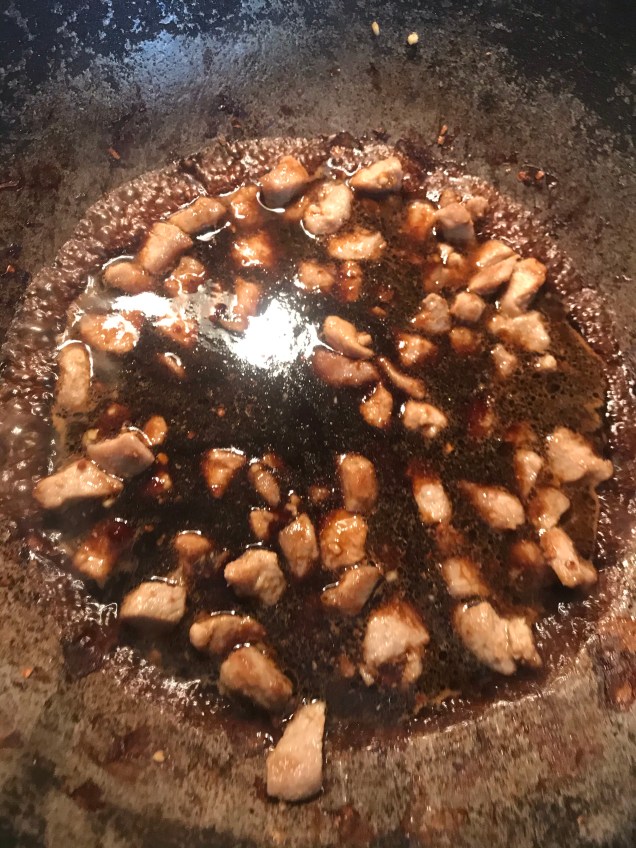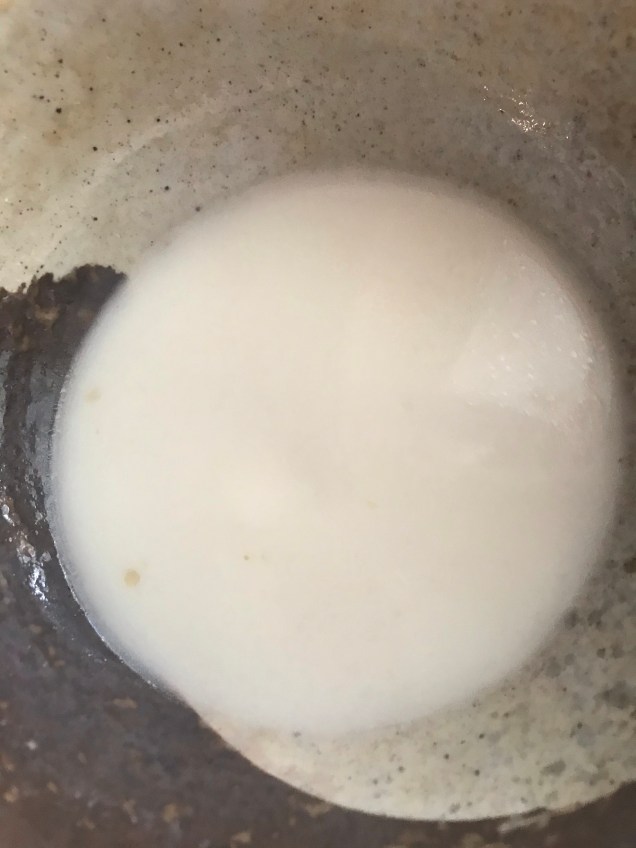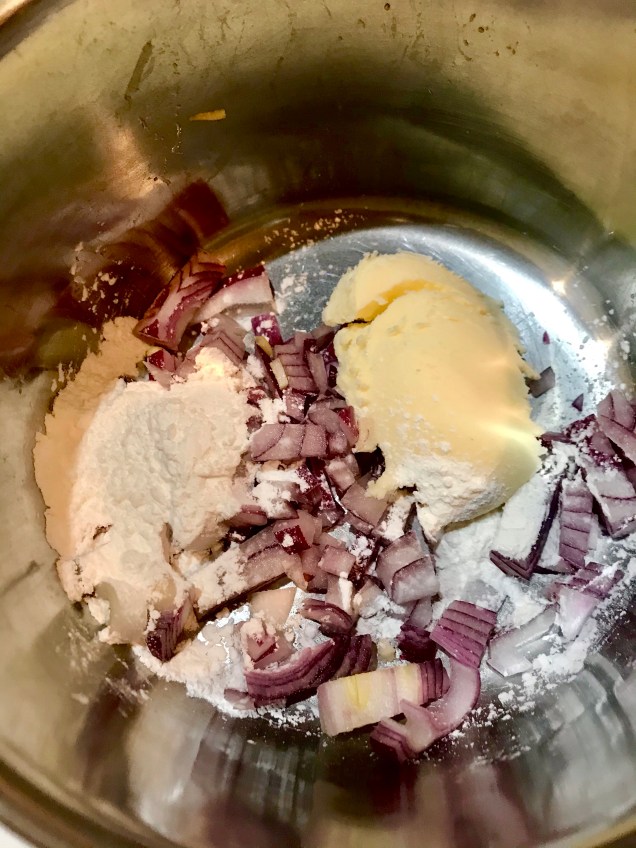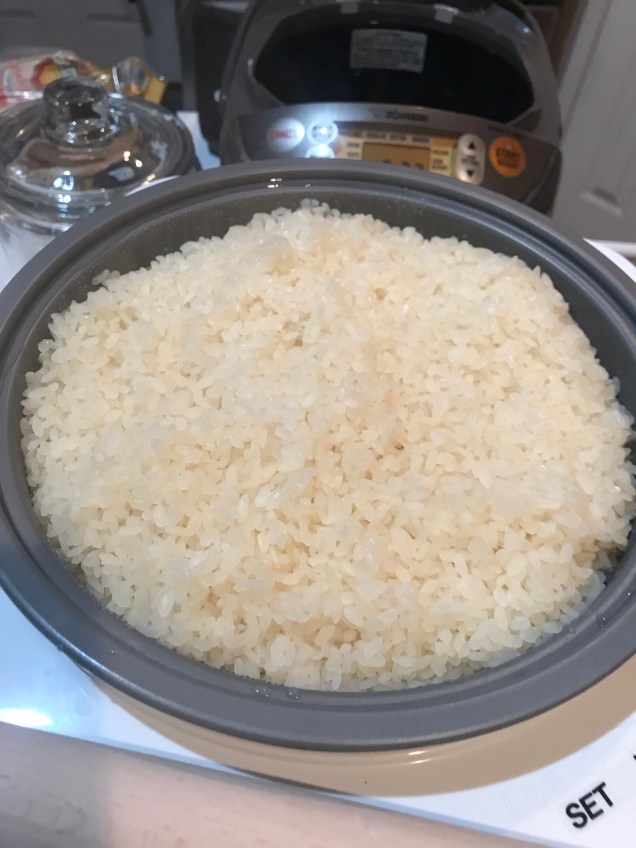
I had been making our sourdough bread weekly for over four years now and I was curious to see if grinding my own flour is worth it. I know for a fact that since the pandemic hit a couple of years ago, it was difficult to find specialty flours and it is very expensive if you ever found it.
For a while, I did have to use whatever I could find, when I could find it – store brand, bleached, all purpose flour, usually – and I learned that they are good enough for most of the things that I bake. Something good to know!
But as more items become readily available again, I want to try to get better ingredients for my family. A grain mill sounded like a great idea since I already had a place to order my organic grains in bulk – Azure Standard! Check them out online 👉https://www.azurestandard.com
Looking up the various types of flour mills online, I fell in love with the Komo Classic. It had this beautiful, wood cabinet casing and looked like it was easy enough to use. Even though it was $600, I placed it in the cart and started checking out.
But they were not available. No unit of whatever brand was available as they were all back ordered for several months. Looks like everyone was already doing what I was thinking of doing!
A few weeks later, I found a similar one in Amazon, a MockMill 100. Not as pretty as the KoMo but more practical AND available NOW! I purchased it before I could think of reasons not to. Its cheaper than the KoMo, about $375 with taxes and shipping.
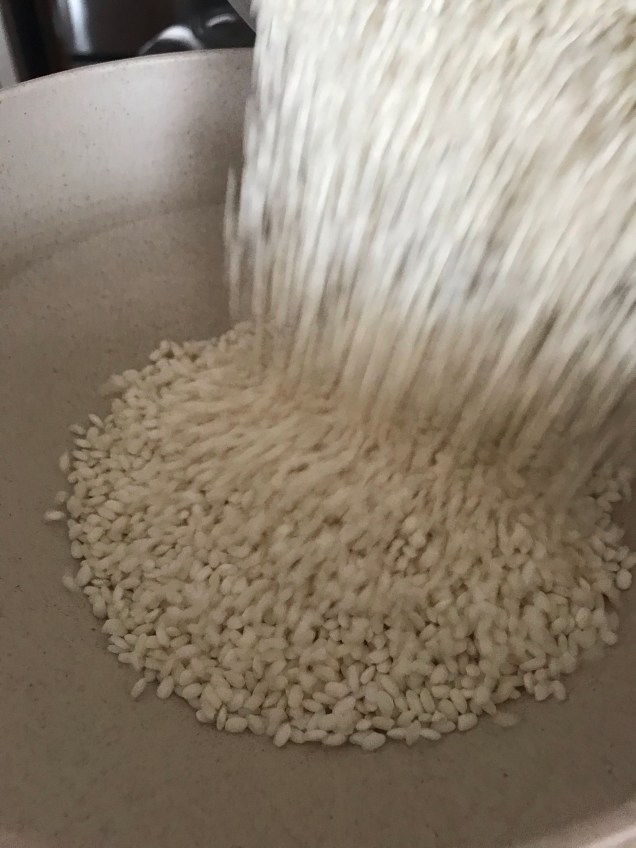
It arrived a week later and I did run a variety of grains and beans through it to see how it handles it. Rice first to clean it out, then black beans, soybeans, garbanzo, wheat, millet, oats…it was really good! 😊

Reading up on this brand, I found out that there is another, more powerful one called MockMill 200. Debating to return this for the 200, I emailed the seller asking how much better the 200 is over this and they replied that the only difference is the speed of grinding. I can live with the speed of the 100 as I am not a commercial bakery. So I decided to just keep this unit and use it until I outgrow it.
I would likely use it more often for specialty flours, garbanzo, rice, beans than regular flour but it’s handy having it that I did buy wheat to mill at home.
Let me tell you, the taste of bread made with fresh milled flour is out of this world! You have to cool down the flour a bit after grinding as it gets quite warm.
I think even if I can get good quality flour, I might still grind my own every now and then.
Follow me on Facebook: https://www.facebook.com/At-Home-With-Theresa-100255438410727/






















































